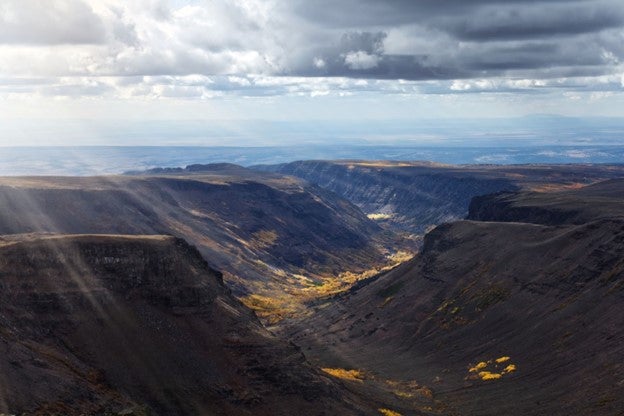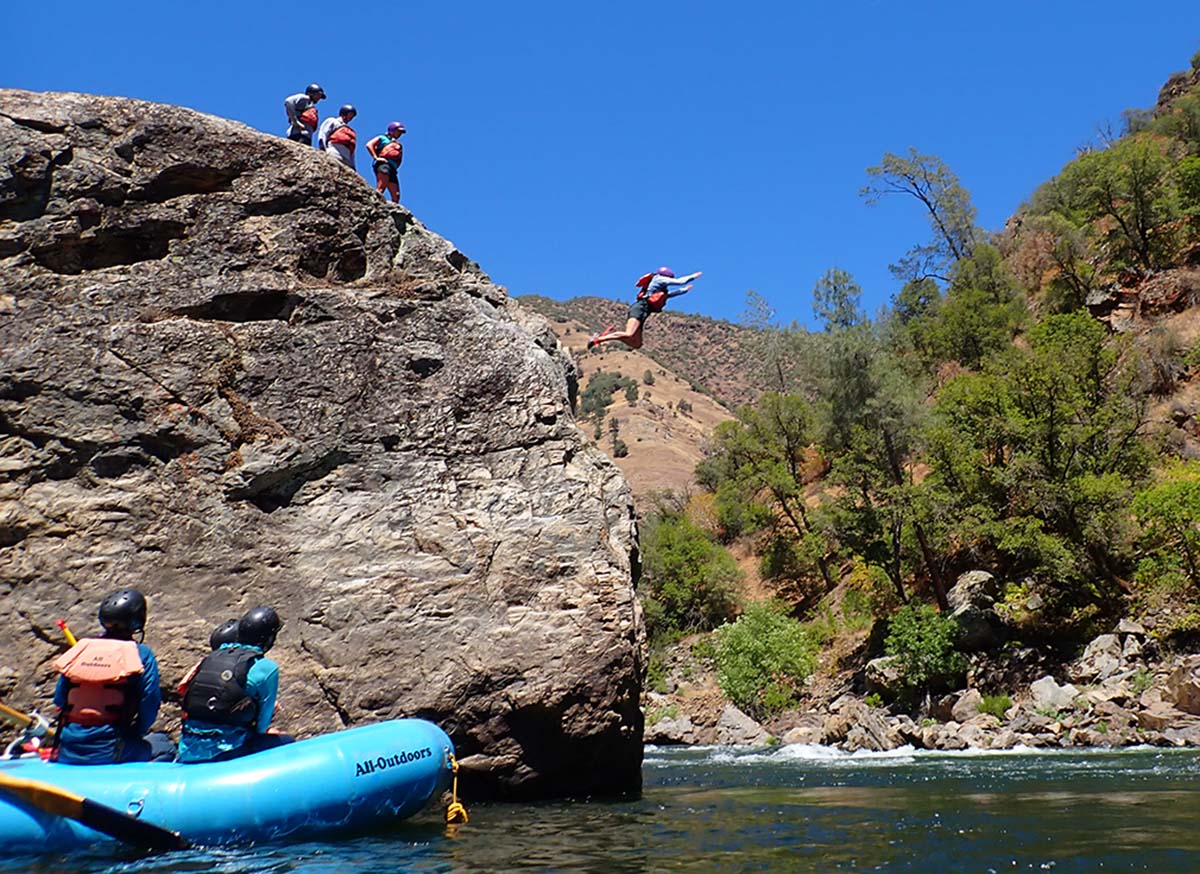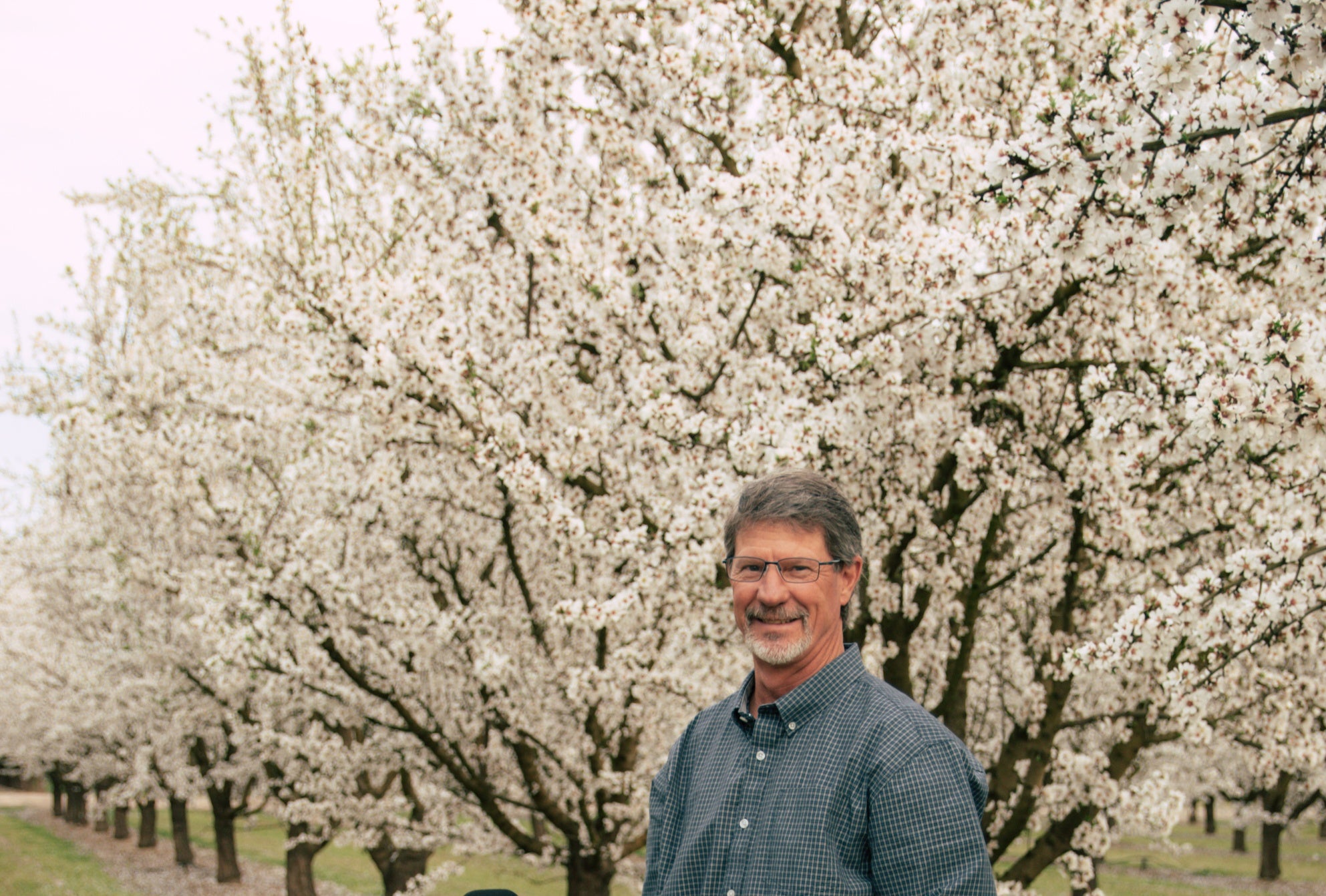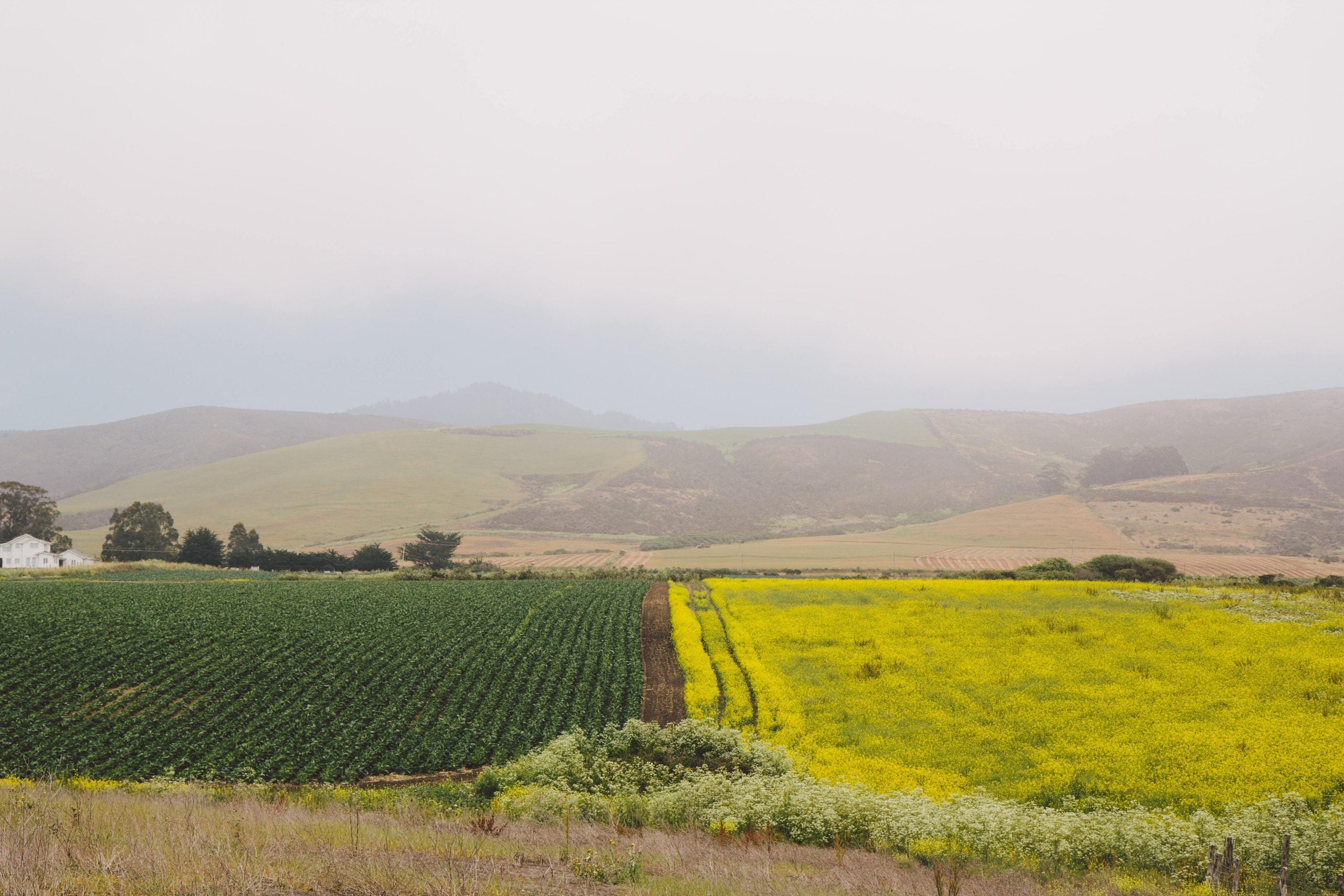
Big Indian Gorge in Steens Mountain, the southern border of Harney Basin
In southeastern Oregon’s Harney Basin, you’ll find nationally significant wetlands, scenic farms and ranches, a strong sense of community, and one of the most severe groundwater overdraft issues in the state.
Recent media series, such as Race to the Bottom and Draining Oregon, have highlighted water challenges that have affected communities and ecosystems in the Harney Basin and across Oregon. As the situation becomes particularly dire in the Harney Basin, EDF and Culp & Kelly, LLC have released a new Voluntary Agreements Analysis report to advance the community’s understanding of one potential approach for locally driven water management. Read More


 It is obvious to any Texan that we are in a horrific drought. According to the
It is obvious to any Texan that we are in a horrific drought. According to the 
